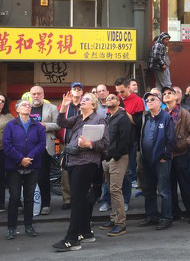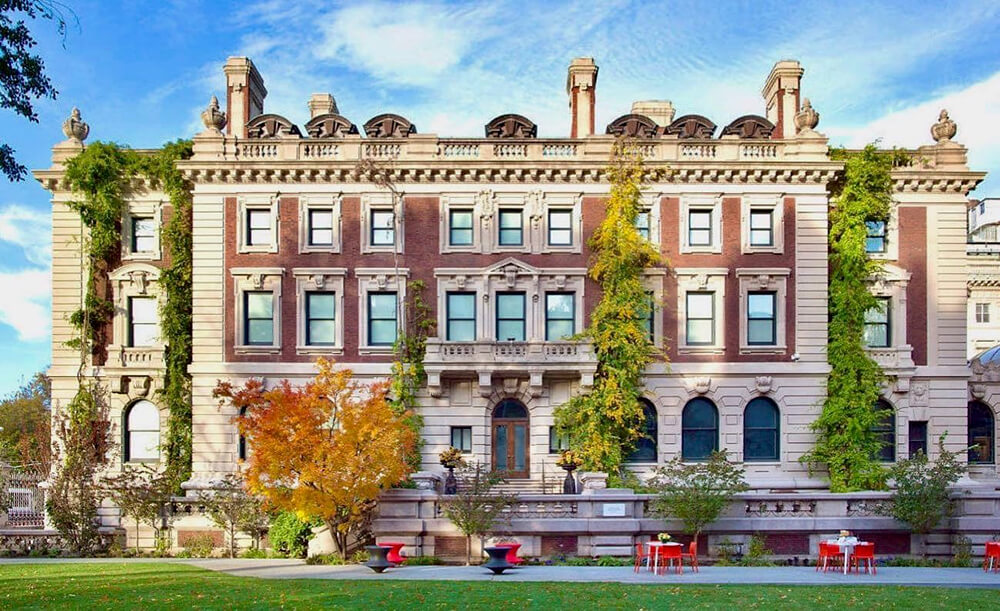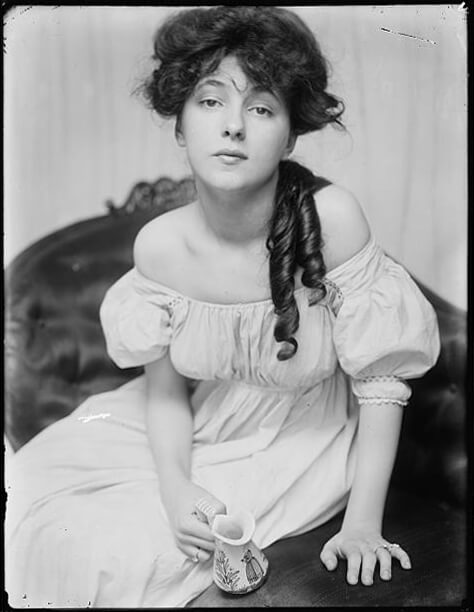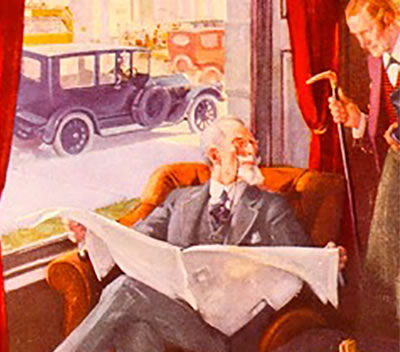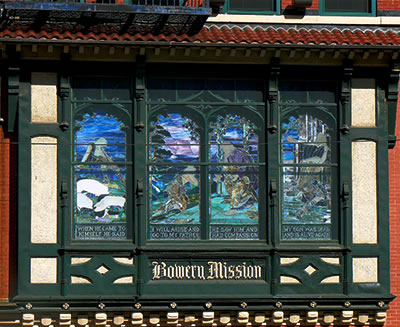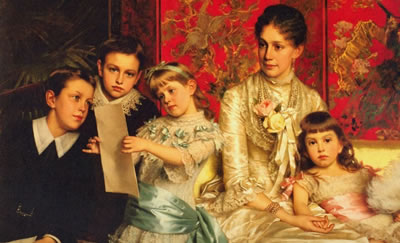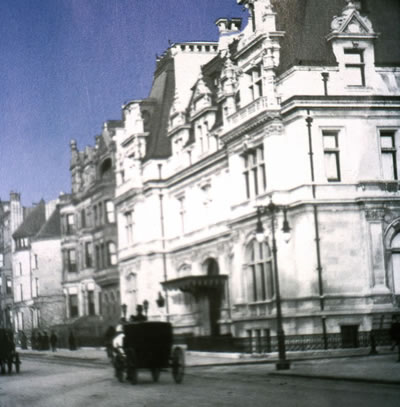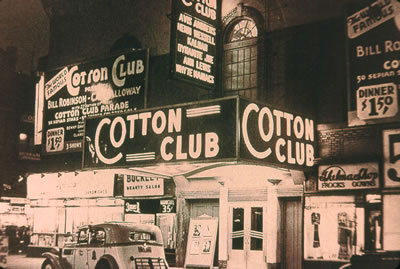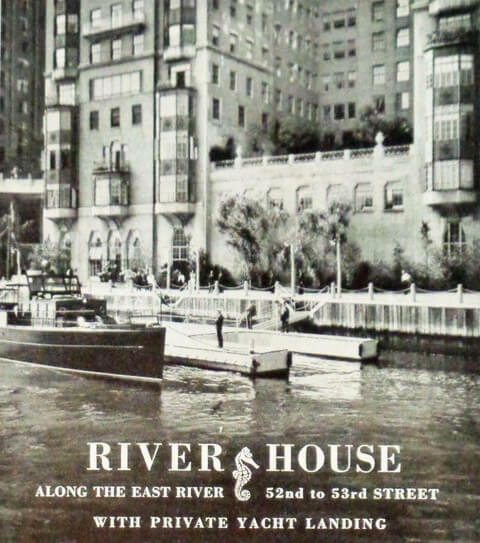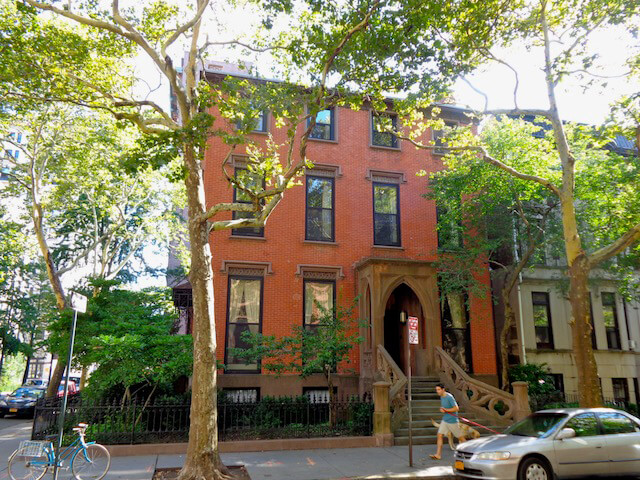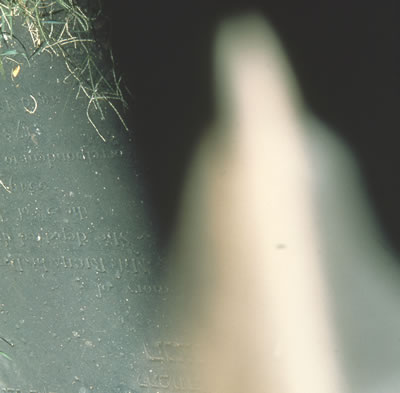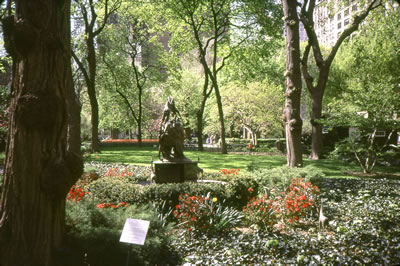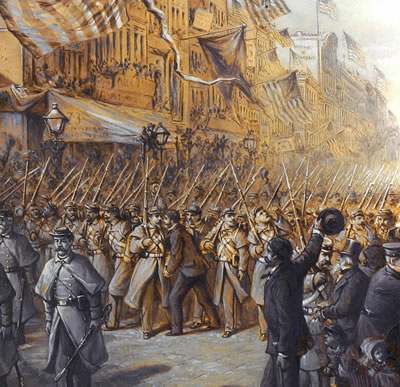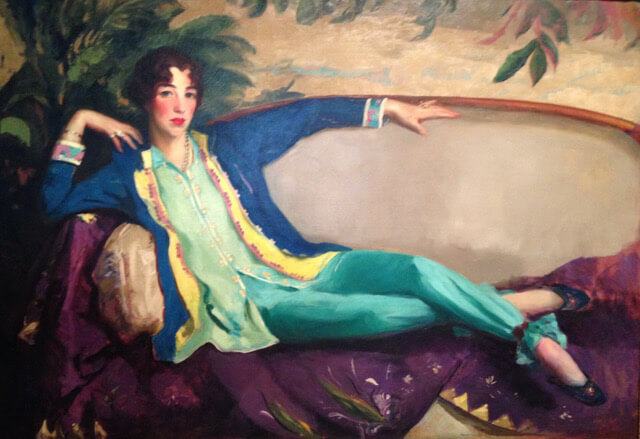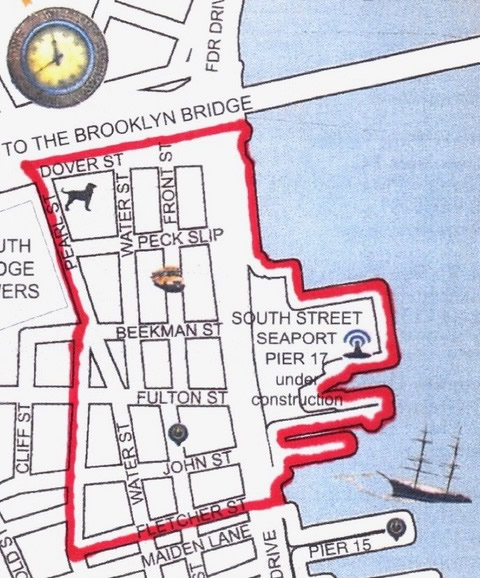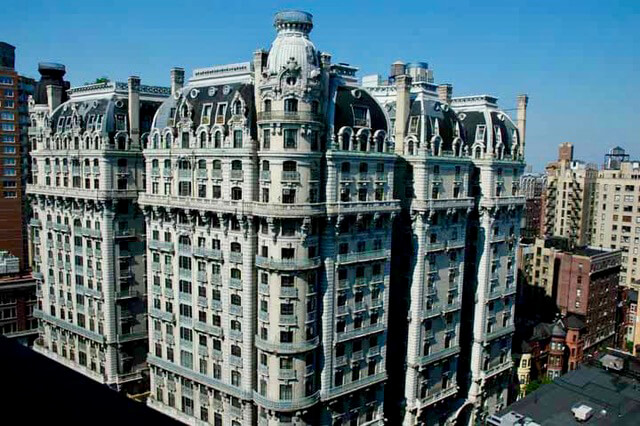
July 14 SUNDAY 1 to 3 PM
FAR WEST 70s — THE APTHORP, THE ANSONIA, AND MASONIC SYMBOLISM
MEET: 160 W. 71st St. just east of Broadway.
The far West 70s of the Upper West Side long has exhibited a pull between opposing identities. It sported imposing mansions, many of which were later converted into ordinary rooming houses. Along the Hudson River, it offered beautiful vistas, but the views were marred by saloons, coal yards, and smoke from steam railroads.
In the 1880’s, developers pressed city officials to raise the neighborhood’s image by changing numbered avenues - from 8thAve to 11th Ave. – to Central Park West to West End Ave. Along Broadway, great apartment houses by prestigious architects sprang up and attracted upwardly mobile middle class families. Nevertheless, the west side can still be rejected for being on the “wrong side of Central Park”.
Highlights include:
• Riverside Park and Riverside Drive
• Ira and George Gershwin
• Rivalry between Freemasons and Shriners
• Contemplative statue of Eleanor Roosevelt (the 4th of only 6 statues of a real women in Manhattan)
• Home of Miles Davis & Cecily Tyson

